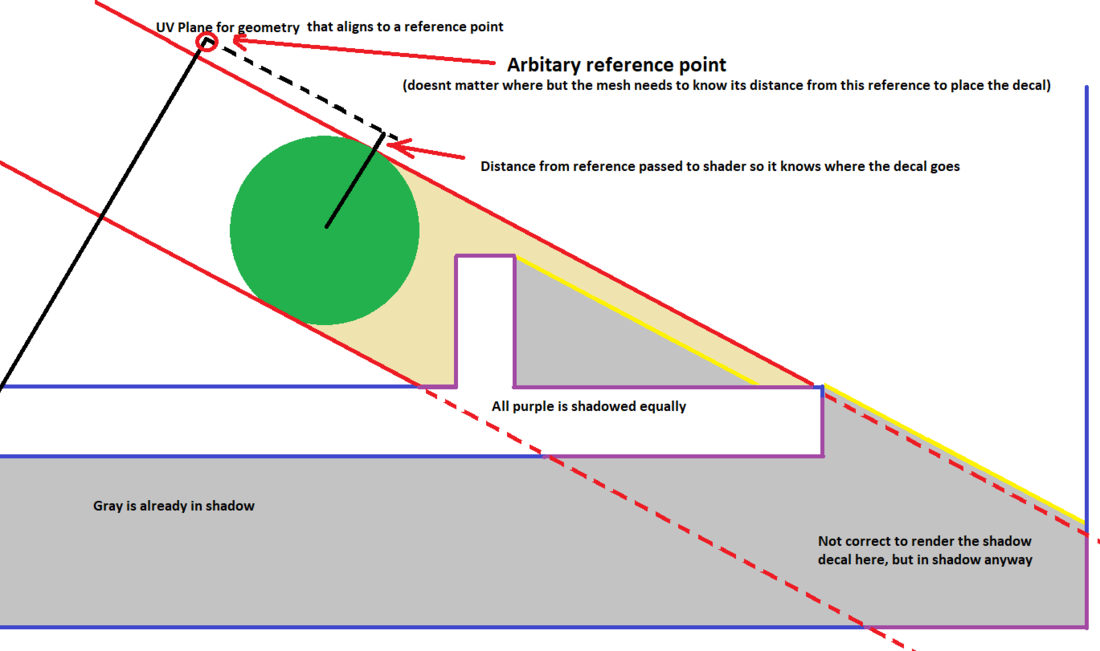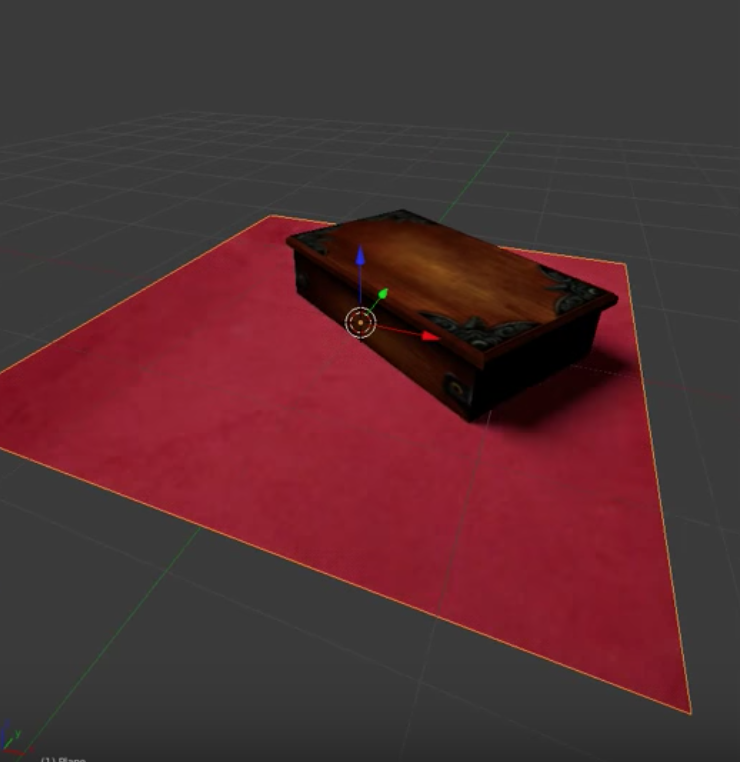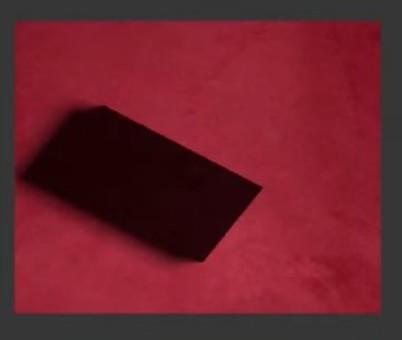Hi there!
I was wondering if there existed any cheats/shortcuts/optimisations we could perform if we know beforehand that there will only be a single non-skinned mesh that will be casting shadows in our scene. Our scene is entirely baked, and the only non-static element is this mesh.
I was wondering if there was some way to 'precompute'/'bake' down the shadow information for this mesh so that we can use that to cast shadows on to the objects in the scene.
One idea I had was similar to the octaherdron imposter technique, but instead of baking down color, you bake down what the shadows would look like from various angles, and all the baked surfaces in your game sample the appropriate shadow texture based on the position and rotation of that dynamic mesh. Seems simple in theory but there are a few implementation details which I haven't been able to wrap my head around. I figured I would ask here and pick the brains of all the guru's incase I am reinvent some wheel here! :)













